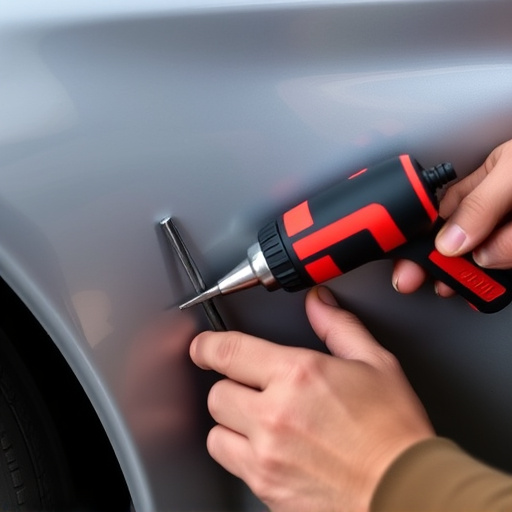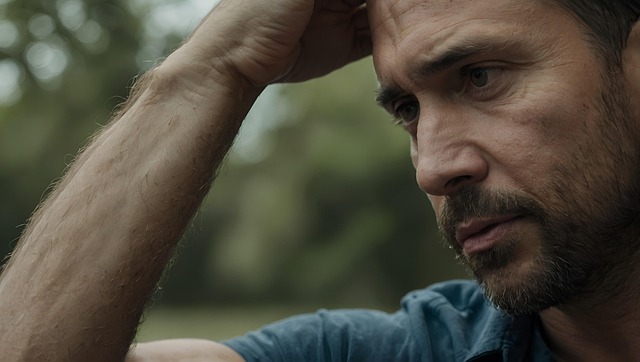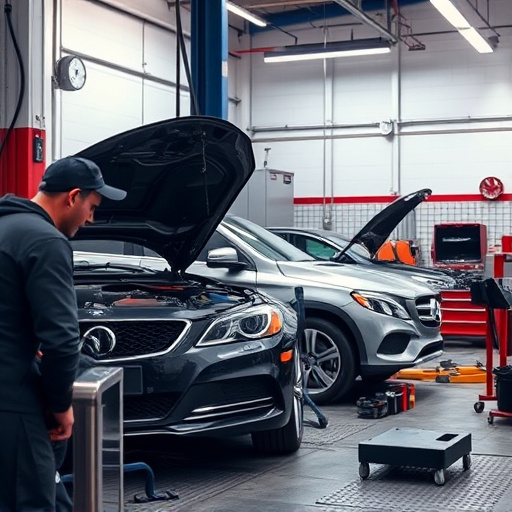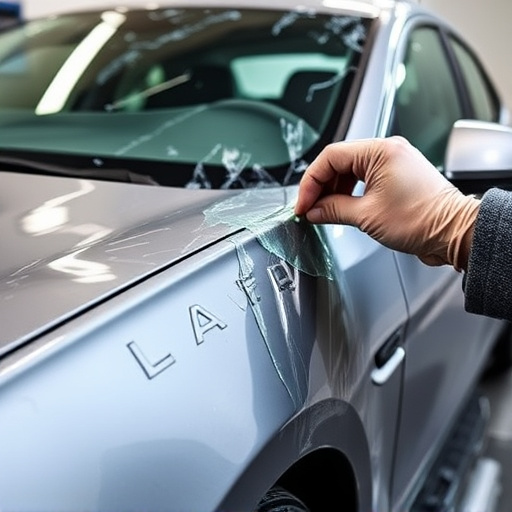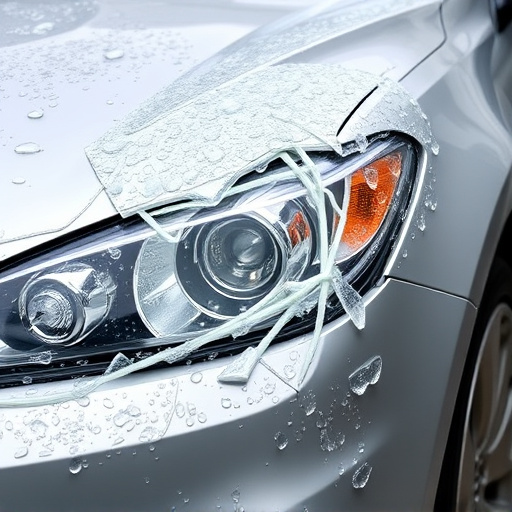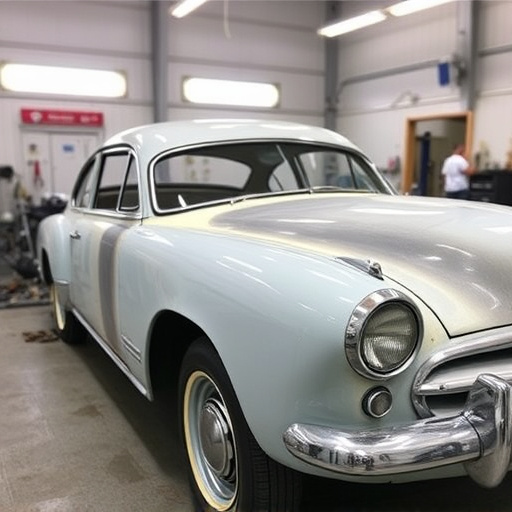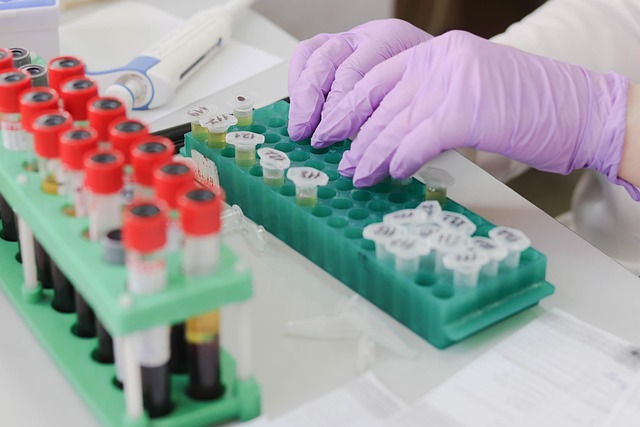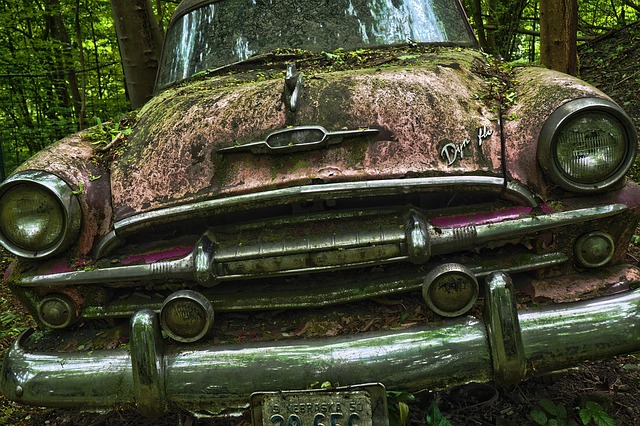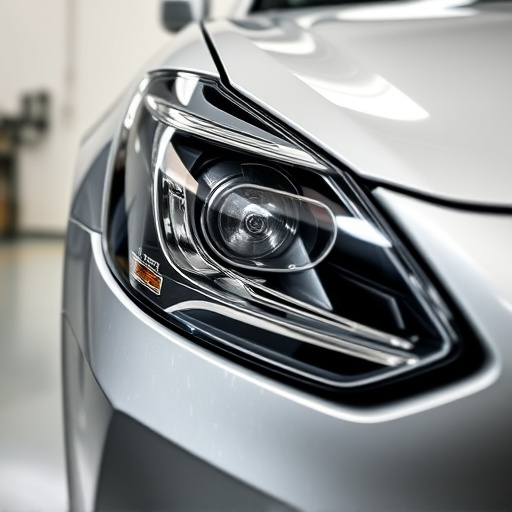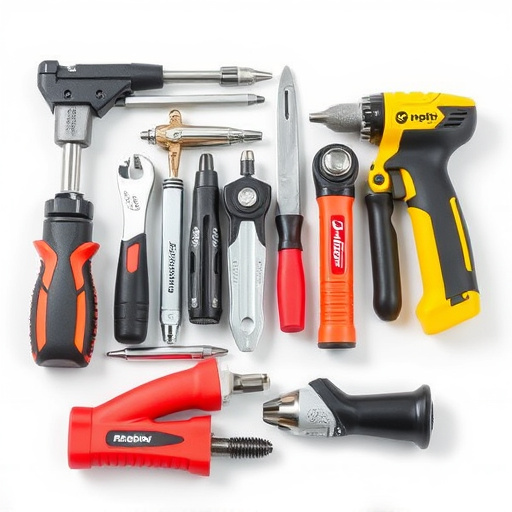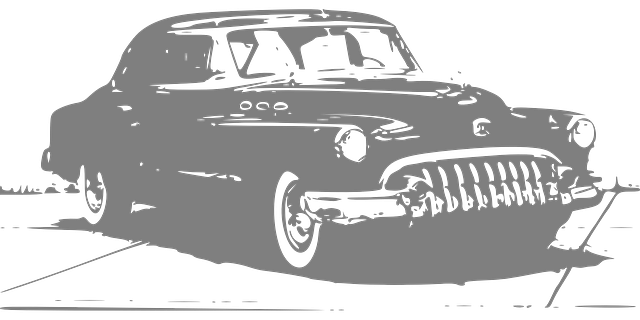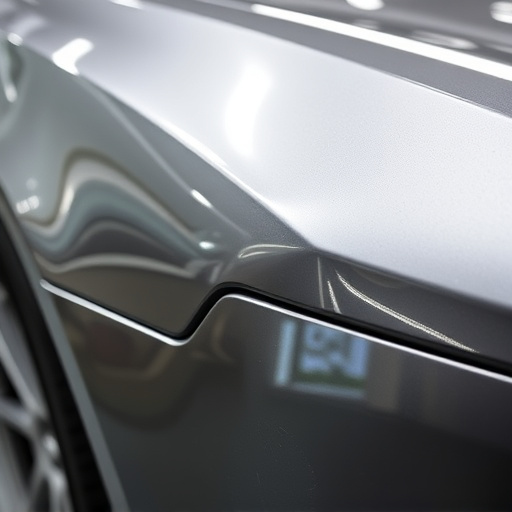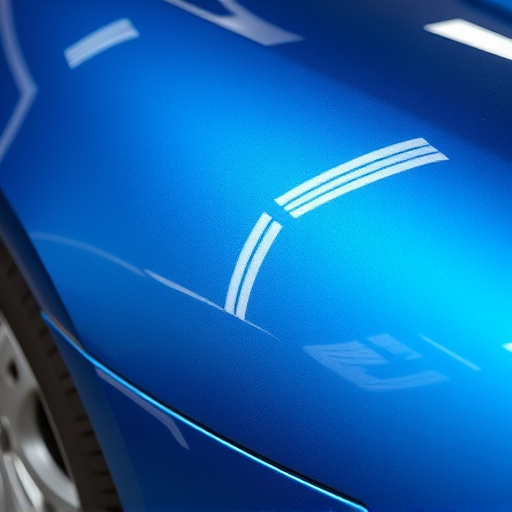Mastering motorcycle collision repair requires a delicate balance between structural integrity, functionality, and aesthetics. The process begins with a detailed damage assessment, followed by safe disassembly and thorough cleaning. Repair professionals use advanced tools and knowledge of motorcycle parts interaction to make informed decisions on repairs or replacements. They meticulously restore mechanical systems and apply professional painting techniques to ensure the motorcycle is not only structurally sound but also retains its original beauty. The ultimate goal is to deliver a safer and higher-quality bike than before the collision.
Motorcycle collision repair is an art that combines skill, precision, and a deep understanding of motorcycle mechanics. This comprehensive guide delves into the essentials of successful motorcycle collision repair, offering a detailed step-by-step approach. From fundamental knowledge to best practices and common pitfalls, we equip you with the tools to navigate this intricate process effectively. Master these techniques, and you’ll be well on your way to restoring motorcycles to their pre-accident glory, ensuring both safety and satisfaction.
- Understanding Motorcycle Collision Repair Fundamentals
- Step-by-Step Guide to Successful Motorcycle Collision Repair
- Best Practices and Common Pitfalls to Avoid During Repair
Understanding Motorcycle Collision Repair Fundamentals
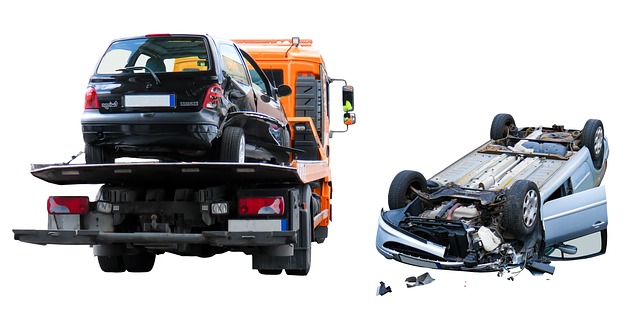
Mastering motorcycle collision repair requires a solid grasp of its fundamentals. It’s not just about fixing parts; it involves restoring functionality and safety while preserving the motorcycle’s aesthetics. The process begins with assessing damage, which includes scrutinizing frames, engines, tires, and other components for any structural integrity breaches. This initial step is crucial as it determines the extent of repair needed, from simple auto body work to complex vehicle restoration.
Understanding how different motorcycle parts interact and function is essential. It’s not just about welding a fender back into place; it requires knowledge of alignment, paint techniques that match the bike’s original finish, and ensuring the mechanical systems operate seamlessly after repairs. Many professionals in auto repair services specialize in motorcycle collision repair due to its unique challenges. They employ specialized tools and technologies to accurately measure, replace, and refine components, ultimately transforming a damaged vehicle into one that’s ready to hit the road again, looking as good as new while prioritizing safety through meticulous auto body work.
Step-by-Step Guide to Successful Motorcycle Collision Repair
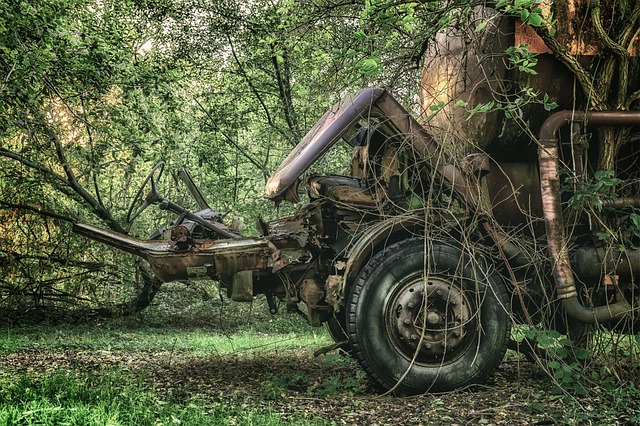
Repairing a motorcycle after a collision requires a meticulous approach to ensure both structural integrity and aesthetic precision. Here’s a step-by-step guide for successful motorcycle collision repair:
1. Assess the Damage: Begin by thoroughly inspecting the motorcycle for any damage, using both visual inspection and specialized tools if needed. Identify affected components like frames, fenders, tanks, and exhaust systems. Understanding the extent of the damage is crucial for planning the repair process.
2. Safe Disassembly: Carefully disassemble the damaged parts following proper safety protocols to avoid further complications or injuries. Use appropriate tools and techniques specific to motorcycle components. For instance, removing a motorcycle’s fender might involve loosening bolts and carefully lifting it off without causing additional stress on surrounding parts.
3. Clean and Prepare: Once disassembled, clean each part thoroughly to remove any debris, dirt, or contaminants that may have entered during the collision. Use specialized cleaning solutions and techniques suitable for automotive repair. After cleaning, inspect again for hidden damage or weak spots that might require further attention.
4. Repair or Replace: Depending on the severity of the damage, decide whether to repair or replace each component. While some parts like fenders and guards can often be straightened and painted, more complex structures like frames might necessitate professional welding or even complete replacement.
5. Professional Repair Techniques: For intricate repairs, especially on critical components like frames, it’s advisable to seek auto body services from professionals who specialize in motorcycle collision repair. They employ advanced techniques such as metal fabrication, precision welding, and structural alignment to ensure the motorcycle’s safety and performance are restored.
6. Painting and Finishes: After all repairs and replacements are complete, prepare the surfaces for painting by applying primers and sealants. Use high-quality paints designed specifically for motorcycles to match the original factory finish. This step is crucial in preserving the motorcycle’s aesthetic appeal and protecting its surface from future damage.
Best Practices and Common Pitfalls to Avoid During Repair
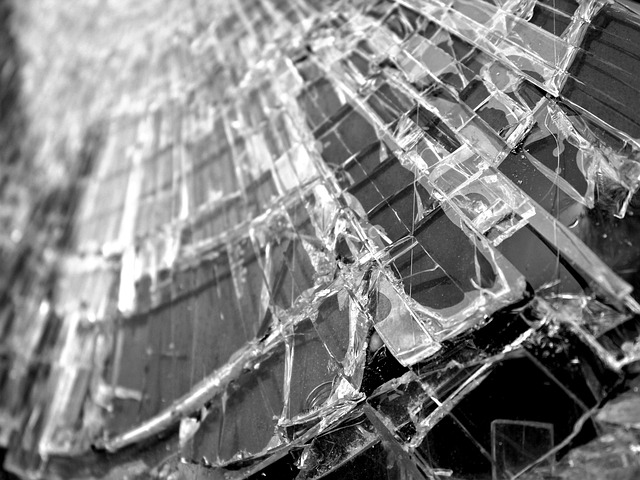
When engaging in motorcycle collision repair, adhering to best practices is paramount. Start by assessing the damage thoroughly; this involves inspecting every component for both visible and hidden injuries. Utilize advanced diagnostic tools to detect any underlying issues that might have been exacerbated during the initial crash. Remember, a meticulous inspection forms the foundation of successful repairs.
Among common pitfalls to avoid are using subpar parts or employing incorrect techniques, which can compromise structural integrity. Additionally, rushing through repairs to meet deadlines is detrimental; take the time to ensure each step is executed precisely. Misaligned panels or poorly merged paint jobs not only signal shoddy work but could also lead to future issues. Prioritize safety and quality control measures to deliver a motorcycle that’s as good as new—or better—after collision repair services.
Motorcycle collision repair is a complex yet rewarding process that requires precision, knowledge, and a deep understanding of motorcycle fundamentals. By mastering the techniques outlined in this article—from foundational knowledge to best practices—you’ll be well-equipped to handle various collision repairs, ensuring your motorbikes return to their peak performance and aesthetic appeal. Remember, safety and meticulousness are paramount; always prioritize quality over speed, and never compromise on structural integrity. With dedication and these proven techniques, you’ll become a master in the art of motorcycle collision repair.
